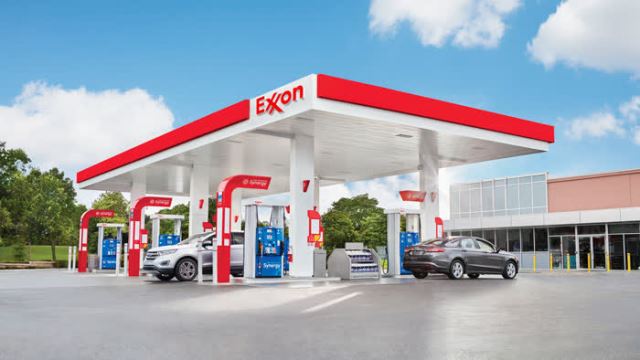Oil major Exxon Mobil, under pressure from investors and climate change campaigners, is planning to reduce its greenhouse gas emissions over the next five years, Reuters reported.
“We respect and support society’s ambition to achieve net zero emissions by 2050, and continue to advocate for policies that promote cost-effective, market-based solutions to address the risks of climate change,” says Darren W. Woods, ExxonMobil Chairman and Chief Executive Officer
Last Thursday, the Church Commissioners for England joined growing investor campaigns to demand changes at Exxon and backed calls for a board refresh and development of a strategy for the largest U.S. oil company’s transition to cleaner fuels.
Several of Exxon’s rivals this year have set longer-term climate ambitions, including Royal Dutch Shell and BP, which aim to reduce greenhouse gas emissions to net zero by 2050.
Exxon Mobil revealed it would start reporting Scope 3 emissions in 2021, a large category of greenhouse gases emitted from fuels and products it sells to customers, such as jet fuel and gasoline.
Focusing on efficiency to reduce emissions
GHG INTENSITY: Plan to reduce greenhouse gas intensity in our Upstream operations 15-20 percent by 2025*
METHANE: Plan to reduce ExxonMobil’s methane intensity 40-50 percent by 2025*
FLARING: Plan to reduce flaring intensity 35-45 percent by 2025*, and eliminate routine flaring from global operations by 2030 in line with the World Bank’s Zero Routine Flaring initiative
SCOPE 3 EMISSIONS: Plan to begin providing GHG emissions associated with consumers’ use of our products on an annual basis
*Compared to 2016 levels
By 2025, Exxon would reduce the intensity of its oilfield greenhouse gas emissions by 15 percent to 20 percent from 2016 levels. It did not set an overall emissions target, however, and reducing intensity means that emissions still could rise if oil and gas output grows.
The reduction would be supported by a 40 percent-50 percent decrease in methane intensity and a 35 percent-45 percent decrease in flaring intensity across Exxon’s global operations, with routine natural gas flaring eliminated within a decade, the company said.
Since the 2015 Paris climate accord set a goal of keeping global warming to well below 2 degrees Celsius (3.6 F), pressure from investors has increased and some of Exxon’s peers have agreed on more ambitious targets. Exxon said its goals were in line with the Paris accord, which the United States exited under President Donald Trump but that President-elect Joe Biden has pledged to rejoin.
“We certainly recognize the direction of travel that Paris sets out and the ambitions for society to get to net zero as early as possible before the end of the century,” Peter Trelenberg, ExxonMobil director of greenhouse gas and climate change, told a news conference on Monday.
Exxon said it would meet goals it set in 2018 by the end of this year to cut methane emissions by 15 percent and flaring by 25 percent compared with 2016 levels.
Last week, Engine No. 1, a $250 million California-based firm, called for expanded spending and pay cuts at Exxon, a board shake-up and a shift to cleaner fuels. Its views were supported at least in part by the California State Teachers’ Retirement System (CalSTRS) and hedge fund D.E. Shaw, which has $50 billion under management.
In May, Exxon’s second-largest shareholder, BlackRock, voted in favor of an independent chairman and against the re-election of two directors over Exxon’s approach to climate risks.

